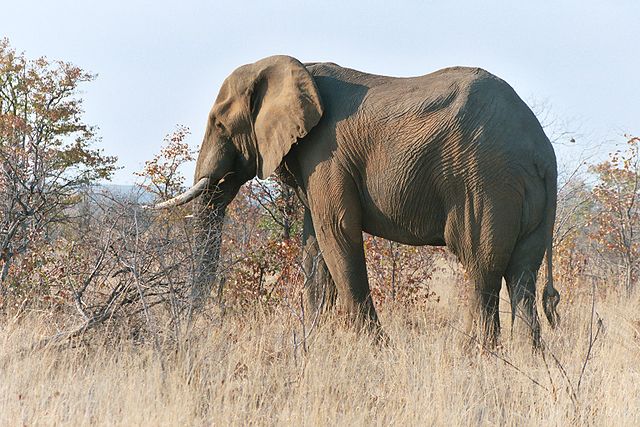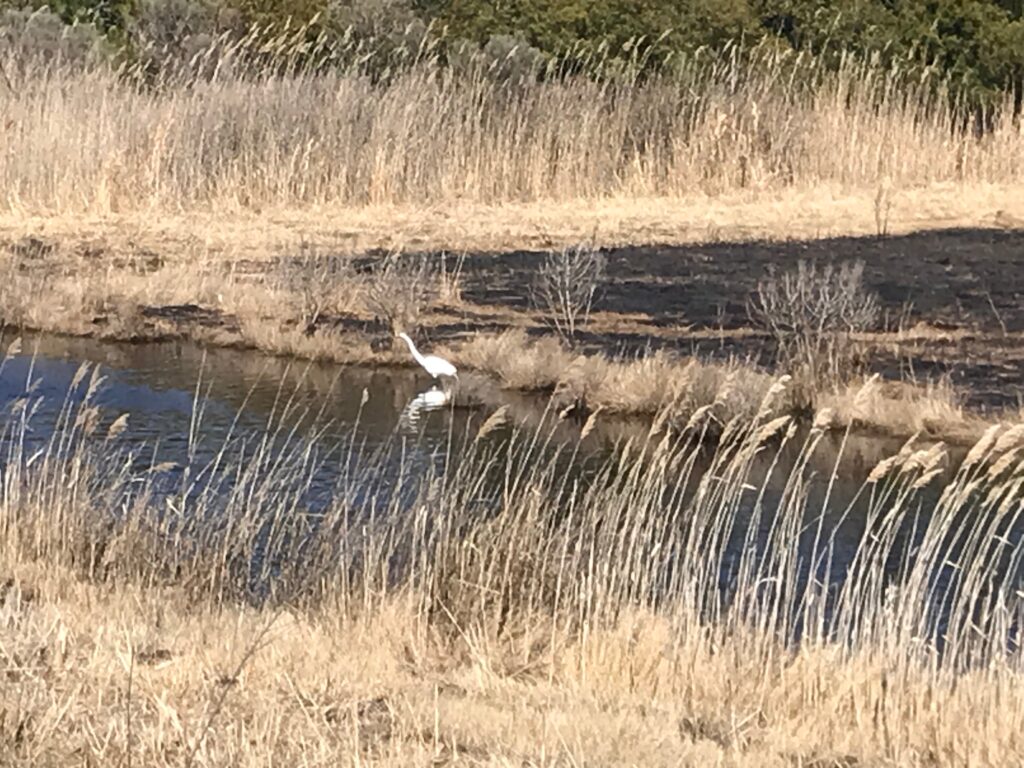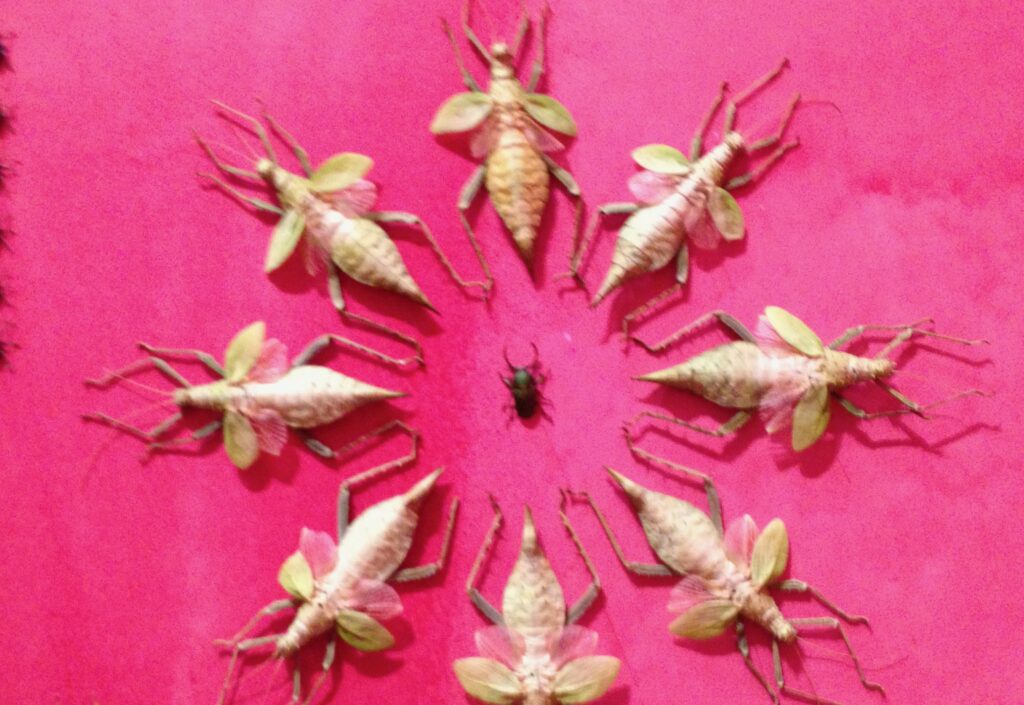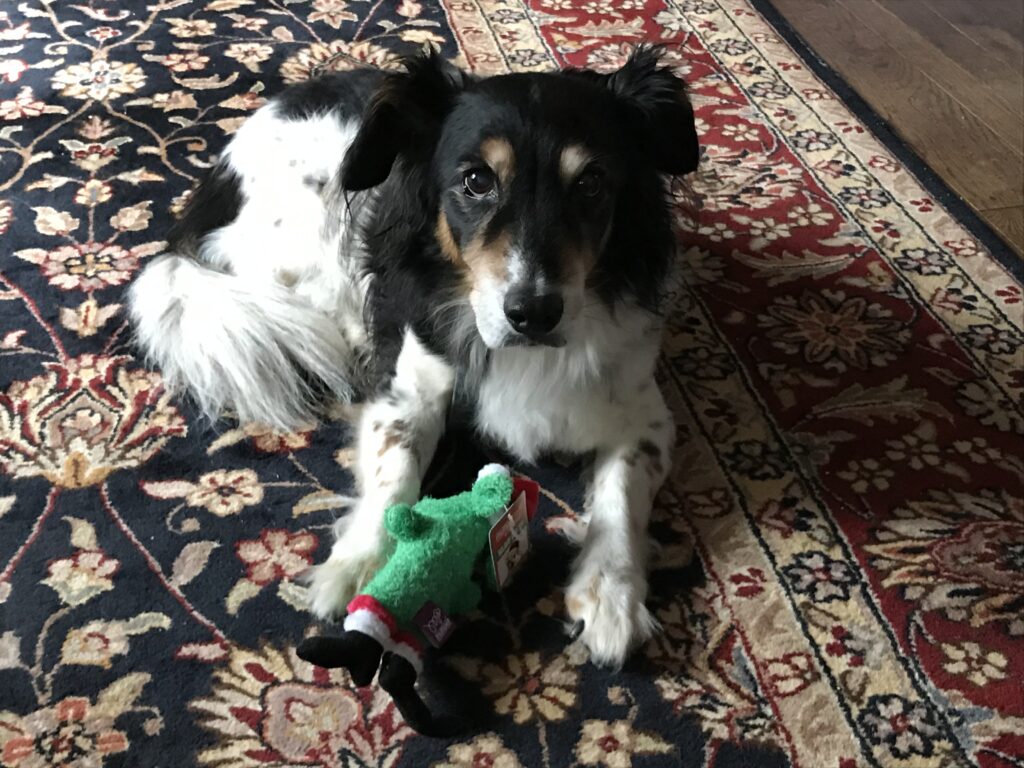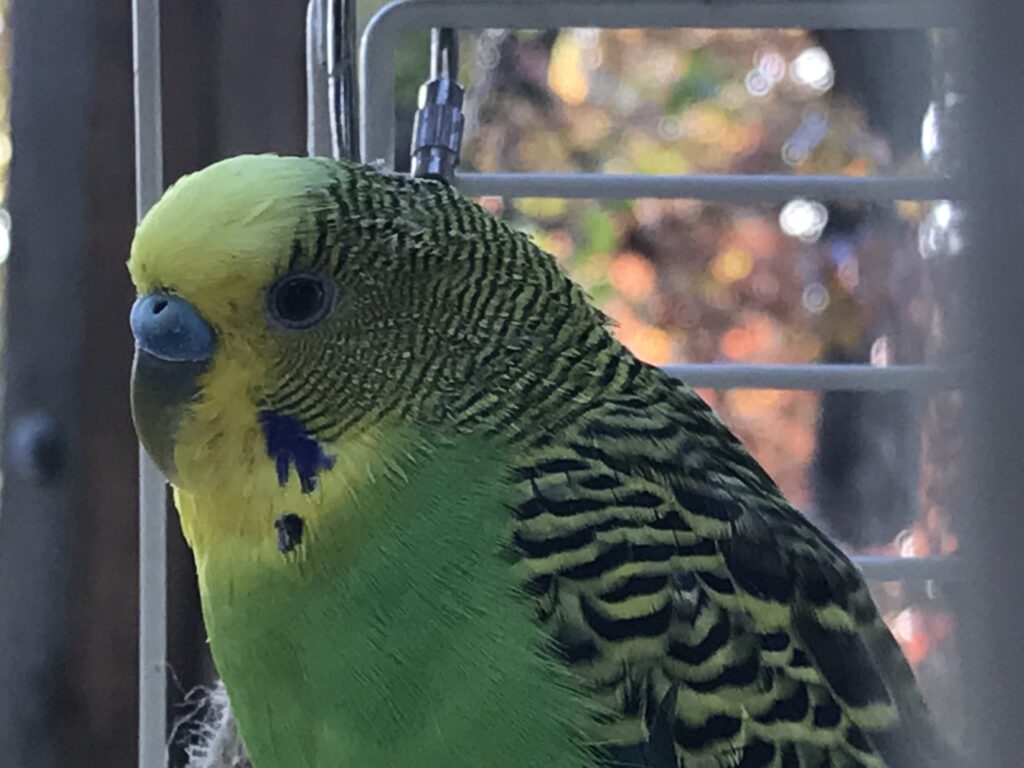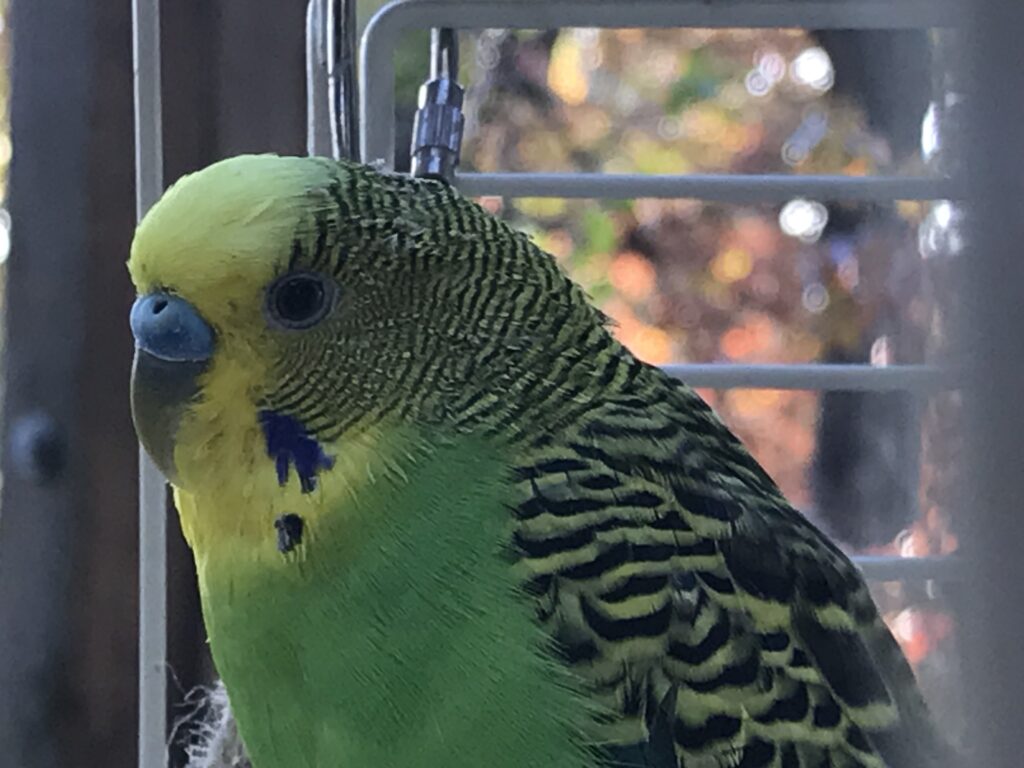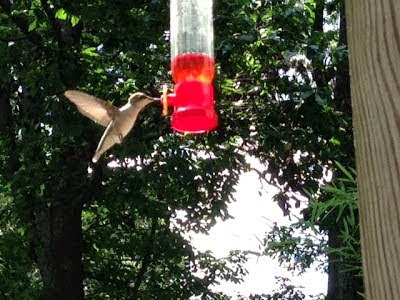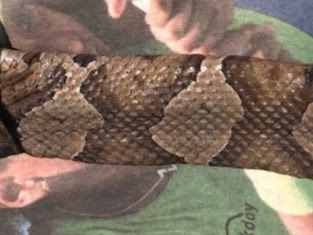Another Chance
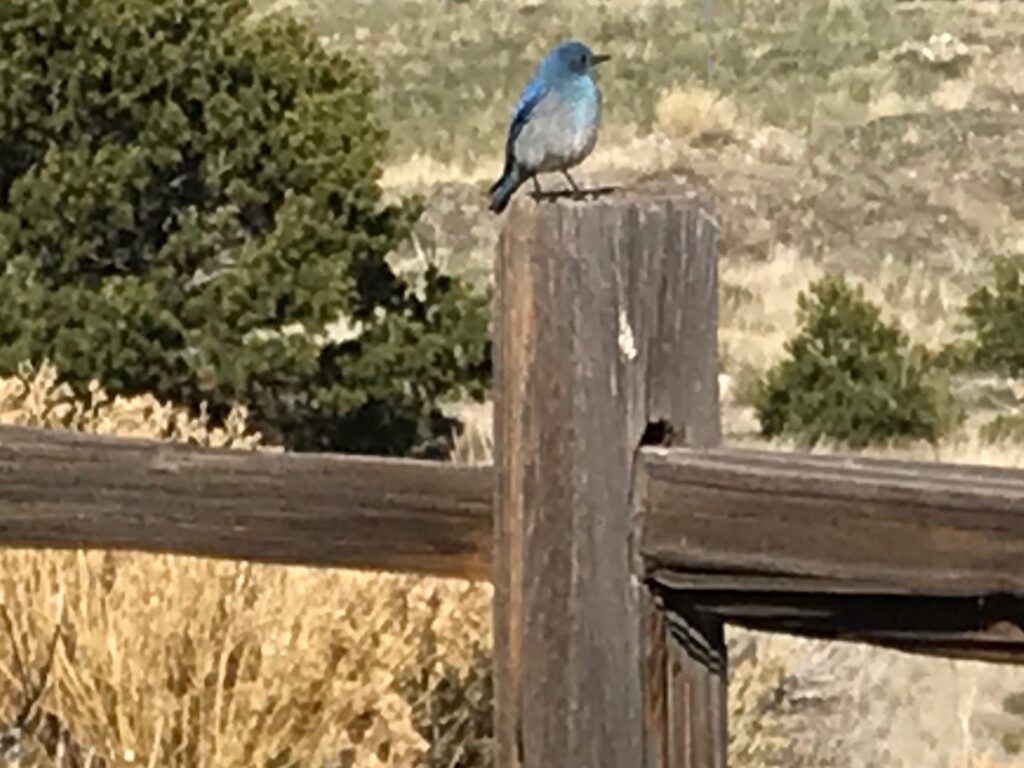
Yesterday I was shocked to learn not just of the firings at Health and Human Services — we had been expecting them — but of how they were executed. Whole departments eliminated. Civil servants waiting in line for hours only to learn as they reached the door that they had been let go. This is more than a “reduction in force.” This is intimidation. This is meanness and cruelty.
I woke up this morning thinking of the institutional knowledge that is being lost, of the kind of country we’re creating with these careless and corrosive decisions. What do I do with this angst and anger? I could protest, of course — and I may. But would it help? The people who can make a difference stand silent and impotent.
It’s not yet light outside, but I hear the first birds singing. I learned recently from Amy Tan’s The Backyard Bird Chronicles that 75 percent of songbirds die before they’re a year old. They starve or fall prey to a hungry hawk. But the ones who survive wake up singing. “Each day is a chance to survive,” Tan writes.
I look out the window. It’s still too dark to see the birds, but I can hear them. I know they’re perching in the trees, waiting for the light. For them, today is another chance to survive. And for us, too.
(A mountain bluebird in southern Colorado, 2019)
